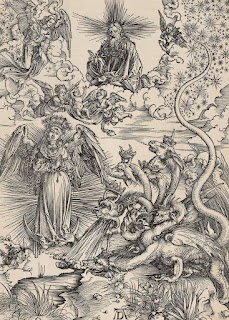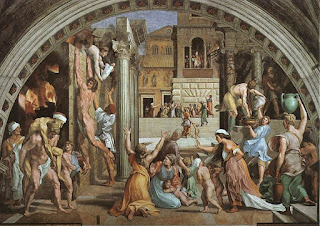Blog entry #5: Telling the Story of the Renaissance in the North: 5.7

Albrecht Durer's career was a wood engraver. Durer was born in Nuremburg, Germany and he was the son of a goldsmith...Durer was a born in Nuremberg, the son of a goldsmith, Even as a child he showed remarkable skill in drawing. His father apprenticed him to wood engraver" (Chapter 14, Pg. 336). Durer was imagining a new way of art where he can bring wood and paper together..."Woodcut engravings are produced by designing on a block of soft wood, then cutting away the surrounding wood to leave the lines of the drawing standing in relief. The blocks of the wood can then be coated with ink and print an impression on paper" (Chapter 14, Pg. 336). This explains that unlike the other artists where they only use paper to paint art, stone to create sculpture, or glass to fabricate images, Durer used two materials wood and paper to design his art, which introduced a new technique to make art. Not only ...
